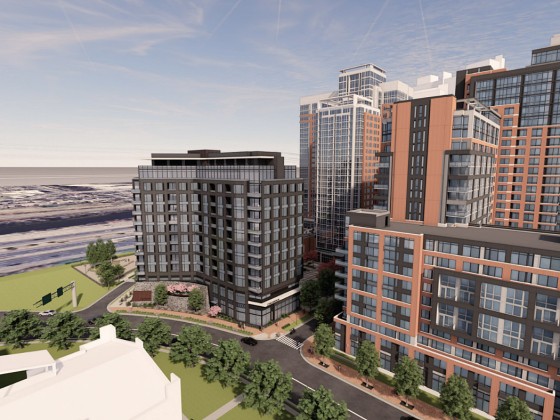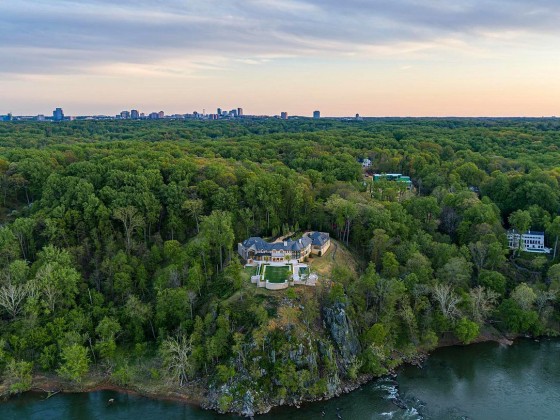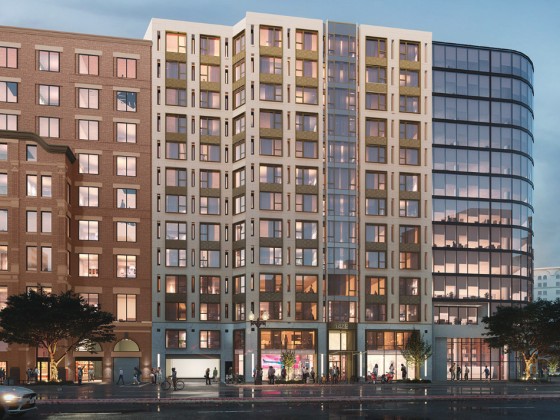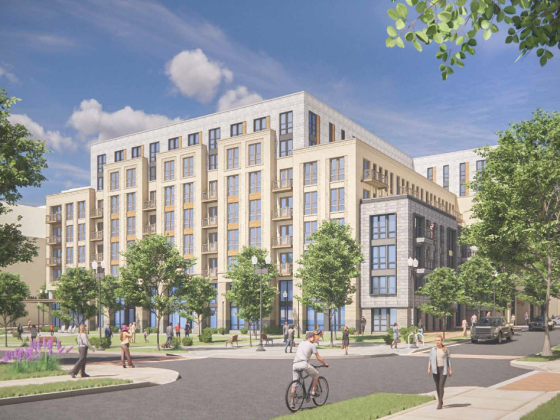 The Future of Parking May Look An Awful Lot Like the Past
The Future of Parking May Look An Awful Lot Like the Past
✉️ Want to forward this article? Click here.

We live in a disruptive age, and with shifting demographic demand in urban centers and the specter of autonomous vehicle adoption looming ever near, it is overdue for the parking industry to begin planning for the future.
This topic was front and center for a panel discussion at Urban Land Institute's annual trends conference earlier this week, with panelists noting the increasing costs of constructing parking spaces and the quest to right-size parking provisions in various developments. There is increasingly tension between population (and density) growth in urban areas and old-school notions of how much parking should be provided based on unit or square footage counts versus trends toward usage of other transportation methods and investments in walkability and less car-friendly infrastructure.
Panelist Omar Abdul-Baki of Galena Capital Partners posited a solution that aims to split the difference between the need for parking now and in the future: mechanized garages.
As the video shows, mechanized parking is far from a new concept; in fact, the first mechanized garage in the country was built in the mid-20th century on DC's K Street. Such systems have fallen out of vogue since, however, and many people have never encountered a mechanized garage in modern America.
Mechanized garages are space savers because vehicles can be arranged efficiently, potentially halving the amount of space needed for garages and there is little-to-no need to build ramps or multiple stairs and egresses, nor to adhere to traditional clearance heights. This offers developers more flexibility in the exterior skin of garages and enables them to maximize other uses in their projects.
story continues below
loading...story continues above
"You have a lot more room to actually focus on the asset that you're building or managing," explains Abdul-Baki. "It can also be not just a cost-saver, but a revenue-booster. Especially when you're talking about urban environments where your land cost is so high and only going up, you're able to essentially add more asset value that is creating cash flow."
Mechanized garages can take the form of carousels, lift or warehousing systems, or robot valets.
"It sort of looks like an automated warehouse, just for cars," Abdul-Baki described. "You drive into a small roll-top area, a pallet comes out, picks the car up, it gets lifted up to a separate level and slotted into a spot; the reverse happens when you come to get it out."
Some DC developers plan to incorporate this technology, which hasn't evolved much over the past 60-plus years. "There's not much difference between what you see in this video and what you see in these warehouse systems except the operator is no longer a person with a set of buttons in front of them; it's a computer," Abdul-Baki noted. However, without widespread adoption of these sorts of systems, we may have to keep settling for a future where garages take on second lives as recreational racetracks and makerspaces.
See other articles related to: parking, robot parking, robot parking garage
This article originally published at http://dc.urbanturf.production.logicbrush.com/articles/blog/the-future-of-parking-may-look-an-awful-lot-like-the-past/13861.
Most Popular... This Week • Last 30 Days • Ever

A look at the closing costs that homebuyers pay at the closing table.... read »

3331 N Street NW sold in an off-market transaction on Thursday for nearly $12 million... read »

Paradigm Development Company has plans in the works to build a 12-story, 110-unit con... read »

The most expensive home to sell in the DC region in years closed on Halloween for an ... read »

The development group behind the hotel has submitted for permit review with DC's Hist... read »
- How Do Closing Costs Work in DC
- Georgetown Home Sells For $11.8 Million, Priciest Sale in DC In 2024
- 110-Unit Condo Project Planned in Alexandria Coming Into Focus
- The Cliffs in McLean Sells For $25.5 Million, Highest Home Sale In DC Area In Years
- Georgetown Hotel That Is Partnering With Jose Andres Looks To Move Forward
DC Real Estate Guides
Short guides to navigating the DC-area real estate market
We've collected all our helpful guides for buying, selling and renting in and around Washington, DC in one place. Start browsing below!
First-Timer Primers
Intro guides for first-time home buyers
Unique Spaces
Awesome and unusual real estate from across the DC Metro














